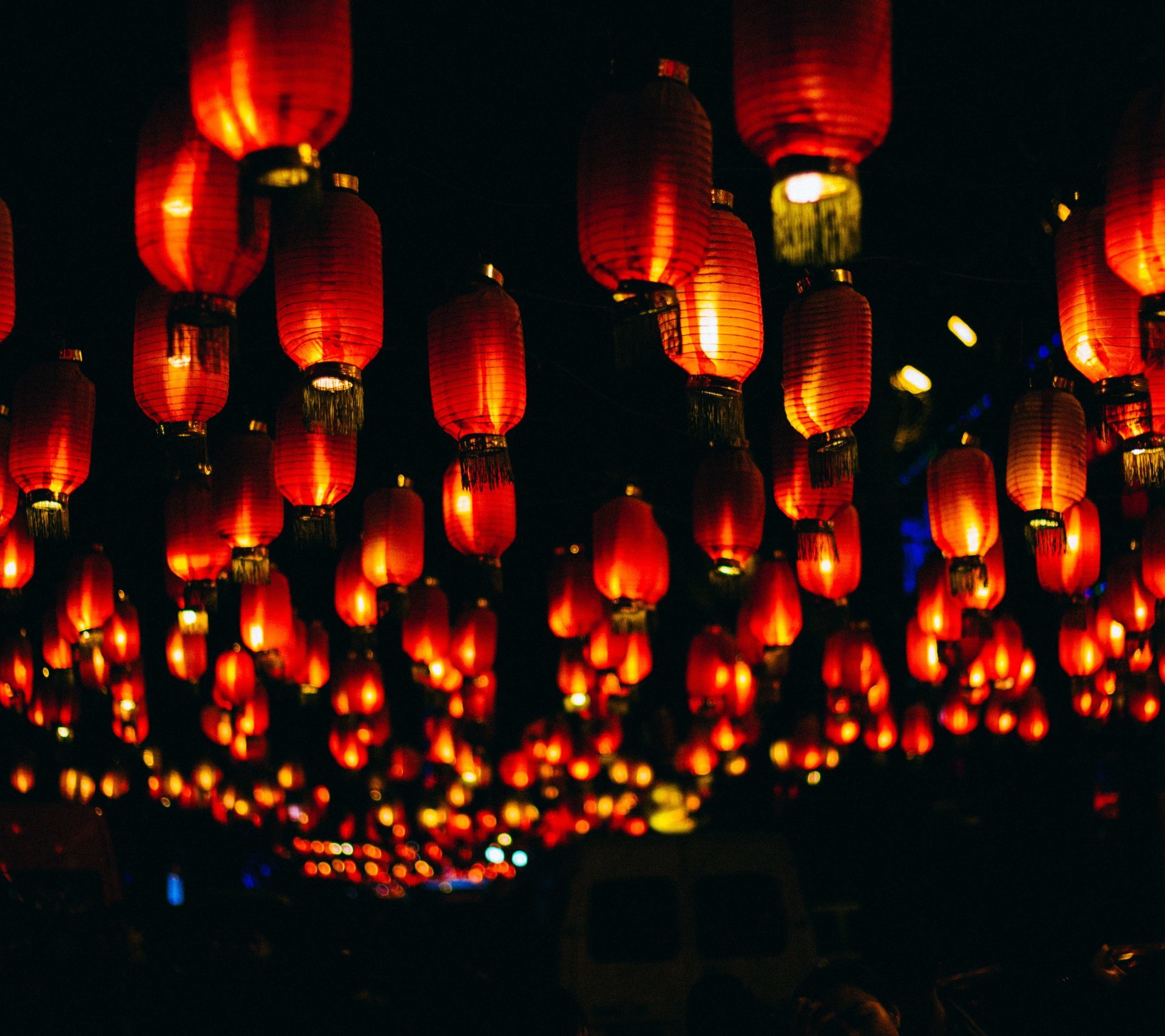
Chinese New Year, which took place this year on the 1st February, is one of the major shopping holidays of the year, and is an especially important time for luxury brands in the region.
China’s growing wealth makes it an important market for luxury brands, and prior to the pandemic two in three Chinese shoppers would make their luxury purchases abroad, travelling to the US or Europe to experience new brands, purchase authentic items and make the most of VAT refunds.
With China on track to becoming the biggest luxury market by 2025, some brands have continued in this vein with the hope that careful marketing would attract Chinese consumers, whose low tolerance for tokenism has become more apparent.
However, ongoing strict travel restrictions since the start of the pandemic have led Chinese shoppers to purchase luxury items from duty free stores on the mainland, or on e-commerce sites such as Tmall and JD. As a result, the way luxury brands access this market domestically has become increasingly important, with Chinese New Year presenting international luxury brands with an opportunity to capture their audiences in an appropriate way.
In previous years luxury brands have tended to play it safe and stayed close to traditional Chinese New Year marketing. Collaborations like the Dior x Stussy Year of the Ox capsule, Givenchy’s limited edition festive red lipstick in 2020, and Rolls Royce collaboration with The Mandarin Oriental in 2019 all focused on red – China’s primary celebratory colour symbolising good fortune, luck, and prosperity.
With China on track to becoming the biggest luxury market by 2025, some brands have continued in this vein with the hope that careful marketing would attract Chinese consumers, whose low tolerance for tokenism has become more apparent.
Other brands have followed local strategies that feel authentic and thoughtful, with many targeting Gen-Z shoppers who seek unique experiences that evoke an emotional and digital connection with their luxury purchases.
Chinese New Year 2022 saw some great examples of brands meeting the ever-increasing expectations of luxury consumers.
The Louis Vuitton New Flagship Maison in Chengdu integrated culture and local artwork for a one-of-a-kind retail experience. The mounted tiger tail exhibit spanned across two buildings and an open courtyard in celebration of the Year of the Tiger.
Prada similarly seized the opportunity to showcase its commitment to local culture by raising awareness for tiger protection with its Action in the Year of the Tiger campaign and pledged to donate proceeds to the China Green Foundation’s “Walking with Tiger and Leopard” program.
A final, stand-out, example of a brand breaking away from traditional festive marketing was Bottega Veneta and their Great Wall of China public art installation. Bottega has pledged to support the renovation of a section of the wall as part of their takeover.
These are just a few examples where brands have aimed to represent what Chinese consumers want from Chinese New Year; marketing that is culturally appropriate, authentic, innovative and a tasteful twist on tradition.
MillionaireVue is our quarterly omnibus focused on understanding the world’s wealthiest individuals. It covers three of the world’s main wealth markets – UK, United States and China and offers brands the opportunity to access, research and understand millionaires across the globe. Our team of wealth experts draw upon the knowledge of 500 high net worth individuals (HNWIs) in each core market, providing brands with the hard-to-reach audience needed to inform wealth insight to even the most challenging questions that the wealth space presents.
For more information about our work across the wealth sector please get in touch with one of our experts here.





